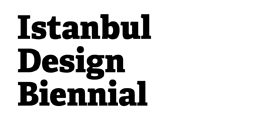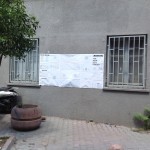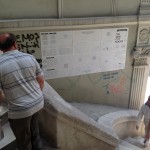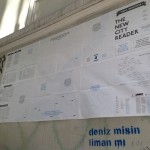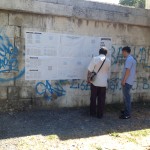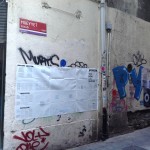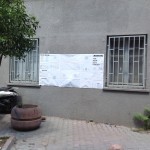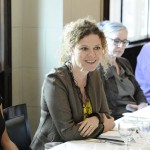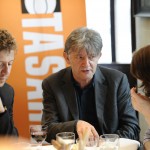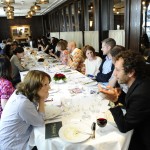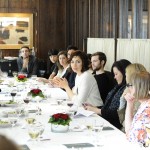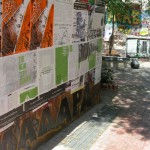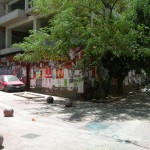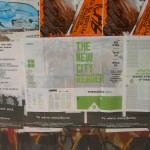
New City Reader [03 - Puzzle] -Terra Incognita is out on the streets of Istanbul! Terra Incognita is a game written by Demilit with precedent research and commentary by Rob Greco/Grecolaborativo.
Introduction: THE GAME
Puzzles begin with placing the first piece. Take the plunge. Play this game: Terra Incognita. Start an infinite geographical puzzle. Enter your routine world in a way you wouldn’t even recognize. Study your city to discover something you had never imagined. Every piece of Terra Incognita you create can be the seed for a new puzzle or the newest addition to an expanding one.
TERRA INCOGNITA (TI) is played to cipher and decipher a city.
In TI, players map a collective incompleteness—a group hallucination of an imagined terrain. By building and interacting with their puzzle, players identify conflicts and fissures in their towns, explore unknown neighborhoods, play entertaining games, solve evolving mysteries, and fantasize about hidden geographies. TI can be a combined activist tool, an art piece and a discussion catalyst all in one.
